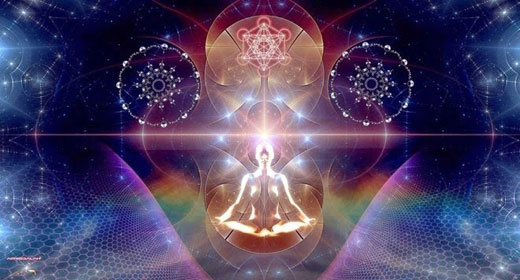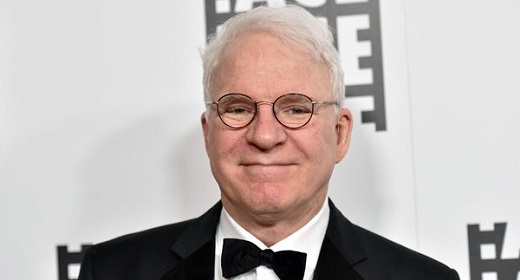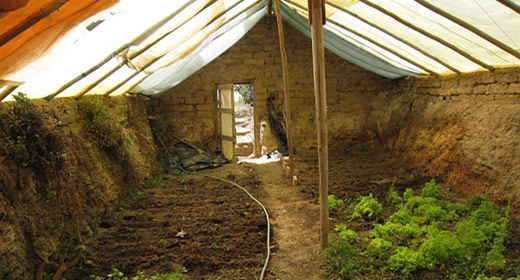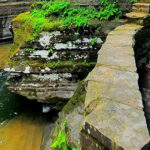by Dan Millman: Centuries ago, a wanderer came upon another lone traveler walking serenely through a forest in India.
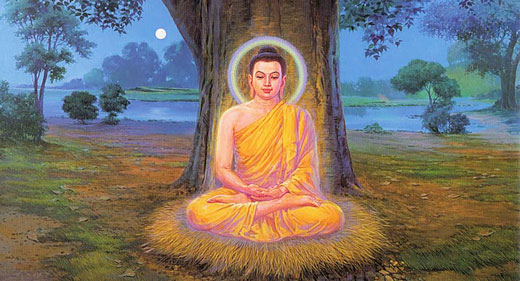
Intrigued by the serene man, unaware that he was in fact the Buddha, the wanderer asked, “Excuse me sir, but — are you a wizard?” The Buddha smiled and shook his head. “Well then,” continued the wanderer, “Are you a great warrior, or a king?” Again, the Buddha said no. “Yet there is something about you — what is it that makes you different from anyone I’ve ever met before?”
“I’m awake,” replied the Buddha.
Whether or not that conversation actually took place, sages and philosophers have sought to understand and experience this phenomenon we call awakening. The Sufis call it fana; the Zen masters refer to states of kensho or satori; the Taoist sages might refer to wu (emptiness, the void); the Hindus speak of nirvana. But let’s go beyond cultural labels and consider the thing (or non-thing) itself.
In order to awaken, we must first recognize that we are asleep. To grasp this idea, we can use an analogy: We know that in our everyday lives, most of us go to sleep at night and experience periods of dreaming as well as deep sleep. Then, in the morning, we awaken from our dream-filled slumber.
The sages of many traditions suggest that even in our so-called waking states, we move through another kind of day-dream, perceiving the world not as it is, but as we are — through a distorting window beliefs, associations, opinions. judgments and meanings we project into the world.
We don’t seem to be dreaming our way through life. In fact, we imagine ourselves fully awake as we work, study, raise children, play sports, and pursue our everyday activities and goals. Yet, as Plato proposed, most people exist in a cave of illusions, mistaking their own shadows, cast by the fire-light and dancing on the walls, as ‘reality.’ Plato compared awakening to the experience of turning away from the shadows — grasping that there is actually a way out of the cave, into the light of the Real World. Today, few of us seek or find a way out. Most are content to gaze at our own imagined realities, entranced, like Narcissus, by the content our own minds, reflected in the pond.
At some point, we may explore and analyze our nocturnal dreams to provide insight into our personalities or divine messages from the subconscious. Others go beyond such analysis to practice lucid dreaming. Lucidity comes the moment we awaken within the dream; that is, we notice we are dreaming. This is no small realization, since when immersed in a dream, it seems real, which is why we may cry out, for example, when having a nightmare. But when we realize: Wait. I’m dreaming this — we become lucid — we can then consciously create whatever we wish within the dream. Being chased by a monster? No problem — we fly away out of its reach or turn it into a daisy. Or we allow ourselves to be devoured and see what follows. Thus awakened, our dreams no longer merely happen to us as actors in a play directed by others; we become the Screenwriter of our dreams.
And just as lucid dreaming bestows conscious creative power in the dream state, it can do the same in our waking state. We can move from lucid dreaming to lucid waking through insight into the nature of our subjective filters — those thoughts, meanings, beliefs, and associations that distort our simple and direct relationship with what is.
The Zen masters call this awakening “nothing special,” only the recognition of suchness or isness — reality as it is, prior to the complications, desires, and concepts we impose upon it. Therefore, awakening is not an achievement, but a noticing.
For this noticing to occur, we need only get out of our own way. But doing so can take time. As G.I. Gurdjieff noted, “One of the best means for arousing the wish to work on yourself is to realize that you may die at any moment. But first, you must learn how to realize this.”
Most of us are blissfully ignorant of any notion of awakening. Content to dream their lives away, they enjoy watching shadows dancing upon the walls. But then something happens that shakes us — a book read, a person met, a moment of insight or a sudden change sends us on a quest for the transcendent: the cave’s exit into the sunlight of the Real. We begin to suspect our assumptions; we no longer believe our beliefs as firmly as before. We cultivate an interest in awakening from our self-sustained dream.
How does one generate such an awakening? There is no single best way; only a way for each individual to discover for himself. But all agree, as Sri Nigasardatta Maharaj reminded his disciples, “One must know the self before one can transcend the self.” So a practice of insight and self-observation is, for many of us, an essential part of our process of awakening.
And it is a process, after all. Although some people imagine that we wake up all at once in a singular, permanent event, like a light switch flipping on, most of us awaken gradually, like a dimmer switch turning up, and then down, and then up again, growing brighter over time. We are like children who, reluctant to wake up, pull the covers over our head. But the Light is persistent, rising higher in the sky of our minds, until we finally open our eyes. We come to accept that life comes at us in waves of change that we cannot predict, control, or deny. We can only learn to surf.
We discover that life is a series of moments: neurotic moments, intelligent moments, and awakened moments. Some explorers tell dramatic stories about their wake-up calls. Others keep it to themselves and smile, remembering Lao Tzu’s note that “Those who Know do not speak (of it) and those who speak (of it) do not know.” Because It, as Alan Watts might remind us, is beyond words. Yet words can provide a wake-up call, and at least point the way.
So we come to the end of these brief notes with the following words: What happens after awakening? Everything changes, yet nothing changes. As the Zen proverb goes: “Before enlightenment, chopping wood and carrying water; after enlightenment, chopping wood and carrying water.” Even so, a single liberating glimpse of reality as it is may represent the most profound and important ‘nothing’ a human being may experience.
Dan Millman, a former world champion athlete, coach, martial arts instructor, and college professor, is author of Way of the Peaceful Warrior (adapted to film in 2006), and numerous other books read by millions of people in 29 languages. Dan teaches worldwide and has influenced people from all walks of life, including leaders in the fields of health, psychology, education, business, politics, sports, entertainment and the arts.
The Hidden School (North Star Way, June 2017), the long-awaited final adventure in the international bestselling Way of the Peaceful Warrior saga, Dan Millman takes his readers on an epic spiritual quest across the world to find the link between everyday life and transcendent possibility. Join Dan on his search and begin or continue your own journey toward awakening.
For more information: www. peacefulwarrior.com

